Imagine are Florida, Inc.’s primary purpose is to create and use science-based education to teach folks of all ages how to connect, respect and coexist with our wild friends and their wild spaces.
Bear-Resistant Trash Cans
Imagine Our Florida, Inc. has been dedicated to promoting the use of bear-resistant trash cans throughout the state.
White Ibis (American)
The American White Ibis is a very common bird. You may have seen a group of them passing through your yard using their beak to probe for insects. The males tend to be larger with longer beaks. They breed along the Gulf Coast, and when not breeding, they drift further inland and to the Caribbean. These birds are monogamous, and both parents help to take care of the young. Aside from garbage, the larges threat to these birds is methylmercury that leaks into the environment. This alters the hormones in the birds and interferes with their reproduction and breeding. Methylmercury concentrations are increased when waste and fossil fuels are burned. Reservoir flooding can also cause an increase. This chemical is neurotoxic and also inhibits part of the endocrine system. It prevents males from producing sex hormones that would lead to courtship behaviors. Courtship behaviors are significant in most birds. Without these behaviors, the females will not find an interest in the males, and reproduction will not occur. It can also lead to females abandoning their nests and reduced foraging.
Other threats include harvesting their food sources such as crayfish, hunting, habitat degradation, and other chemical uses. If you see these birds passing through, know that they will help your yard by removing pest insects. If you see smaller brown ibis, those are juveniles.
Palm Warbler
Florida has many migratory birds. This Palm Warbler (Setophaga palmarum) is one of them. The Palm Warbler is a fast little bird, and getting a picture can be quite a challenge. Luckily, this beauty allowed us to snap a shot before darting off. The Palm Warbler is a small and colorful songbird. However, they have larger tails and legs than most warblers. This beautiful species has a captivating color pattern that easily attracts the attention of any bird-lover.
Palm Warblers breed throughout much of Canada’s boreal forests during the summer and migrate to the Southeastern U.S., Caribbean, and Central America for the winter. These songbirds are quite talented, and their songs can be heard throughout the day.
This bird can constantly be seen wagging its tail. They are mostly ground feeders and will feed off berries, seeds, and insects, including aphids, mosquitoes, beetles, grasshoppers, and spiders. Planting native plants in your yard help provide these birds with lots of healthy food during their migration.
Get Involved. Make a difference.❤ Educating, Empowering, Protecting
Ileana rocked IOF’s educational programs at the Love the Everglades Movement event in Miami while Nancy and Dan were answering great questions from our youth at the Debbie Turner’s Cancer Resource event in Central Florida.
IOF has many events coming up.
Volunteer a little of your time to show of people of all ages how to respect instead of fear our bears and their forest friends. Let Nancy, Aymee, Ileana, Andy or Dan know when you are available. A few minutes of education can last a lifetime and that outreach can save Florida’s natural resources, wildlife and land.
Connect. Respect. and Coexist.
Congratulations Nancy Kon
Director Nancy Kon was recognized by AARP for her outstanding contributions to her community. Many people may not realize the hard work that goes on behind the scenes of an organization. On top of juggling work and home life, Nancy is always looking for ways to better her community. In 2015 Nancy collected signatures for Seminole County to request bear-proof trash cans to prevent bear-human interactions. She presented these to Commissioner Lee Constantine who championed the project. Seminole county became one of the most progressive counties when it came to getting bear-proof trash cans.
Nancy also organized over 100 bear monitors for all the central and south Florida check stations during the Florida Bear Hunt. This involved the screening of many people capable of enduring the horrific activities that happened as hunters brought bears into the check stations to be counted. These volunteers ensured an accurate by the hour count so that notifications could be made to ensure the hunt did not exceed the quota. Thanks to these volunteers it didn’t.
Unfortunately, that day resulted in some very traumatic experiences. Nancy spent hours consoling over 100 volunteers. She soon recognized that professional services would be needed and 3 counselors volunteered to be available to the monitors. As luck would have it she was able to befriend Dr. Illeana Sisson who passed away early this year and who volunteered her time to not only help those volunteers who needed it but also drove halfway across the state for a retreat. Nancy recognized the need for a community for these people and established Black Bear Nation. Many of those members are still close to this day.
When Seminole County applied for grants for the trash cans Nancy and her husband, Dan, collaborated on a proposal and identified a strategy that would be most effective but would also make the most of the funding. It was sent to Commissioner Constantine and presented by Dan at the Seminole County meeting. Nancy has also been working patiently with Orange County Commissioner Bryan Nelson in their bear-proof trash can efforts.
Furthermore, Nancy has been an eco-education leader by conducting numerous outreach efforts which teach people how to coexist with wildlife. These include teaching a girl scout troop, attending several Native American Pow Wows, tabling at a college, presenting our educational lesson plan at various community events, and collaborating with libraries on educational displays. She has attended several FWC meetings which involved an extensive amount of travel.
She has also put in very tedious work including research, designing educational materials, coordinating the organization of multiple events, reaching out for volunteers, following up on projects, and even learning a bit of computer coding.
This is just a snapshot of all the work she has done. Yet, she still remains positive, cheerful, and passionate about making her community and Florida full of better places for our wild spaces. Thank you Nancy for all that you do.
good idea to stay informed about new bills
It’s always a good idea to stay informed about new bills that impact or help our environment and wildlife in Florida. Be sure to voice your opinion.
Find a Senate Bill, Committee, watch action on the floor: https://www.flsenate.gov/
https://www.flsenate.gov/Senators
from our Affiliate – Florida Conservation Coalition:
Proposed Bill Would Hurt Florida Panthers, Scrub Jays, Florida Bonnet-head Bats, and more
S.1863 Is a federal bill that would exempt endangered species found in only one state from being protected at a federal level. Florida has a vast amount of endangered and endemic species who could be hurt by this bill. If you would like to voice your opposition to this bill you can contact Senators Nelson and Rubio. Letting your representatives know what is important to you is one of the move more effective ways to create positive change.
Find Your Senator: https://www.senate.gov/senators/contact/
Saving Florida’s Gopher Tortoises one at a time
On August 7th, Andy and Rowan joined Carissa Kent and Dave to help remove the gopher tortoises from a half acre property that was cleared on August 8th. Carissa is the Director of Saving Florida’s Gopher Tortoises. Her group is the only group in the state that focuses only on recovering tortoises that exist on properties with Incidental Take Permits. ITP’s were issued between 1991 and 2007 prior to the gopher tortoise being uplisted to threatened in 2007. These permits have no expiration date.
What does this mean for the tortoise? Any developer that has an ITP can legally entomb tortoises while developing the properties. They are under no legal obligation to relocate the tortoises. That means, these are “dead tortoises”.
There are thousands of these Incidental Take Permits that cover an estimated 10,000 to 25,000 tortoises. These tortoises are legally allowed to be killed, UNLESS Carissa and her team come in to save them.
Carissa and her team of volunteers have worked to save over 6,000 of these “dead tortoises” from a fate of being entombed under concrete, where it can take up to a year for a tortoise to slowly die. Moving these tortoises is no easy feat. It requires back breaking, hot, tiring work. It is all done by donations. The developers do not have to pay for this, but many do give donations to Carissa’s group. She has workd for several years to foster a good, working relationship to save the lives of these tortoises.
If you know of developments happening in gopher tortoise habitat, or if you have concerns about tortoises, you can contact :
Carissa Kent
Director, Saving Florida’s Gopher Tortoises
(407) 529-5006
CKtortoiserescue@gmail.com
She asks that you either email or text. She is often in areas that get very poor signal and text messages come through often better than a phone call.
Make YOUR VOICE Heard
On May 17, 2017, Imagine Our Florida Director Aymee Laurain spoke at the Tampa Constitutional Revision Commission meeting regarding the importance of protecting biodiversity.
In keeping with IOF’s commitment to protecting biodiversity, two proposals have been submitted to the Commission which if adopted, will aid in achieving a more balanced ecosystem through policy.
We appreciate the wise counsel from IOF’s Advisory Board Member Richard Foster of the Daily Kumquat for his constructive criticism, patience, and insight in helping us write these proposals.
Read these two proposals at the following links. Please send your comments to the commission about any proposal by clicking on the “home” tab in red at the top of the page and then clicking on the “Submit a Comment or Idea” in yellow to the right of the page.
Protection of Sovereign Lands
https://www.flcrc.gov/Proposals/Public/700491
Protection and Preservation of Biodiversity
https://www.flcrc.gov/Proposals/Public/700502
Watch Aymee’s speech at this link
https://www.facebook.com/imagineourflorida/videos/1856661761252341/
#Florida #Biodiversity #Wildlife #PublicLand #Tampa #ImagineOurFlorida#FLConstitution
Imagine Our Florida Inc. is excited to announce
Imagine Our Florida Inc. is excited to announce that Catalina Uruena Grajales has joined the Advisory Board. Catalina’s experience and education, as well as her knowledge of and commitment to our natural world, are valuable assets to IOF as the organization continues to grow and advance its mission. Welcome Catalina! We look forward to your sage advice as together, we work on behalf of our natural resources wildlife and land and show folks throughout our state how to Connect. Respect. Coexist.
https://imagineourflorida.org/team/catalina-uruena-grajales/
Marine Plastic
A study published this year looks at the impact of plastic contaminants in the marine environment. The diagram shows how plastic is transported from the shore to the ocean surface, water column or organism, and breaks down into small particles that settle on the ocean floor and incorporate with ocean sediment. Trawls are able to collect these plastics and measure their mass and abundance in other areas. As you can see from the map, Florida is in the upper middle level of abundance and the middle level when it comes to mass. What this means is that Florida has much room for improvement.
As the article states, “The ultimate solution to environmental plastic pollution is to prevent contamination in the first place, first and foremost by a reduction in use, followed by capture and reuse, recycling, and energy recovery (Koelmans et al. 2014b), which will hopefully result in less new plastic being produced and progress toward a more circular and sustainable economy.”
For this reason Imagine Our Florida, Inc. is proud to be partners with Keep Pinellas Beautiful and will be hosting our next beach clean-up at North Gandy Beach on October 14, 2017. Details are in the event section. We hope to see you there.
Source: http://www.annualreviews.org/…/annurev-marine-010816-060409…
How to Report Marine Debris
You can report marine debris to the Florida Department of Environmental Protection Southeast Florida Action Network at the following link. It just takes a moment and can save the lives of many of our wildlife friends and keep our environment safe and clean.
http://www.surveygizmo.com/…/SEAFAN-Report-Form-BR-BR-Updat…
Ocala National Forest: Learning from the Past
This video paints a bright and hopeful future for the Ocala National Forest. Little did they know way back then that much of the work being done would cause negative effects on our precious Florida wildlands. Longleaf pine ecosystems were diminished. Some species, including our Florida Black Bears, were hunted to near extinction. Timber harvests degraded much habitat for wildlife and improper planting resulted in erosion that lead to poor water flow. It’s important to learn from the past and not make the same mistakes over and over again. That includes development around dangerous flood zones, managing wildlife populations for the purpose of creating hunting opportunities rather than a balanced ecosystem, and focusing on preserving native plants in the proper environments which they adapted to. #ocala #florida #floridahistory
Coral Bleaching Reduces Florida Defenses
“Now, scientists say these losses may have weakened the reef’s storm buffer.”
https://www.washingtonpost.com/…/how-floridas-damaged-cor…/…
Be Their Voice – Hunting Rules
FWC is asking for “Human Input” on proposed hunting changes.
Noone is asking the animals for their input.
Hunters make up a small percentage of Florida’s population.
We believe a larger percentage of Floridians embrace the concept of Respect. Connect. Coexist.
This is your chance to express your opinion and speak on behalf of our beloved Florida Wildlife.
Take the survey here:
https://www.surveymonkey.com/r/FWC-Proposed-Rule-Changes-20…
Travel Back in Time at De Soto National Park
De Soto National Park offers historical reinactments of Hernando De Soto’s invasion and quest for wealth throughout Florida. You can take a guided Kayak tour and learn about the ecology of Florida. Annual events also include the Luminary Walks, Family night on the lawn, the De Soto Landing, and Desoween celebration. You can see many times of birds including raptors. Racoons, turtles, butterflies, snakes, and green and spiny tailed iguanas can also be found along with many other animals. Start planning your families adventures now. The best vacations are the ones where you learn something.
Why aren’t Municipal areas Securing Garbage from Florida Black Bears?
In a study published in June of 2017 various local government officials and waste management were interveiwed to determine why these measures were not being implimented in their districts. Costs were a major obstacle but also noted was lack of support for bear proof trash cans. However, the study identified that was overstated based on measures from four counties who adopted ordinances. Residents were starting to take appropriate steps. Perhaps it’s time local governments do their part. If you would like to contact your local government about getting bear proof trash cans or getting an ordinance in place check out our tips on how to advocate.
https://imagineourflorida.org/advocacy/
Source: Noel, E. T., & Pienaar, E. F. (2017). Securing Garbage from Florida Black Bears: Why are the Appropriate Measures Not Implemented at the Municipal Level? Human Dimensions of Wildlife, 22(4), 347-361. doi:10.1080/10871209.2017.1334162
Artificial Reef Coming to Bay County
This is great news for ecosystems. Many reefs have been destroyed over the years but these artificial reefs have proven to be valuable in many areas around the state. They help promote growth around the reef where communities develop. They also act as a buffer to protect land from storm waves.
Our First Poop Samples
Director Aymee Laurain received our first samples of bear poop for fecal glucocorticoid testing. One of the first parts of this research is to get a known female and male so we can determine differences between stress hormones in male and female bears in the wild. We also need to know how the stress hormones degrade in the hot and rainy Florida climate. This groundwork is very important to make sure our studies are accurate. We plan to use this non-invasive and non-leathal research to determine the stress caused by anthropogenic (man-made) activity. We look forward to giving more updates in the future. In the meantime if you would like to help fund our research we would be most appreciative. #Buschwildlifesanctuary#ImagineOurFlorida #bearpoop #blackbear #Florida #floridawildlife #florida #floridablackbear #fecalglucocorticoids #science #research #biology#ecologyirector Aymee Laurain received our first samples of bear poop for fecal glucocorticoid testing. One of the first parts of this research is to get a known female and male so we can determine differences between stress hormones in male and female bears in the wild. We also need to know how the stress hormones degrade in the hot and rainy Florida climate. This groundwork is very important to make sure our studies are accurate. We plan to use this non-invasive and non-leathal research to determine the stress caused by anthropogenic (man-made) activity. We look forward to giving more updates in the future. In the meantime if you would like to help fund our research we would be most appreciative. #Buschwildlifesanctuary #ImagineOurFlorida #bearpoop #blackbear #Florida #floridawildlife #florida #floridablackbear #fecalglucocorticoids #science #research #biology #ecology
Time to Color
Imagine Our Florida has many coloring pages for kids on our website. Print one out for your kids and let them connect with nature in a creative and artistic way. Our pick for today is below.
For more coloring pages check out our website.
https://imagineourflorida.org/animal-coloring-pages/
Transpiration
Nature really does have it all under control.
https://www.facebook.com/worldeconomicforum/videos/10154697657866479/
Effects of Atrazine Skewing Sex Ratios in Frogs
Dr. Tyrone Hayes spoke at the International Society for Wildlife Endocrinology Conference last month. This video gives a brief explanation of what the chemical Atrazine is doing to wildlife.
“California uses more pesticides than any other state. The second is Florida” , states Dr. Hayes. As an indicator species frogs can give us early warning signs that something isn’t right in the environment. Atrazine has recently come up for review. The EPA received 106,737 public comments regarding concerns for the chemical. Of course this doesn’t just effect frogs. It can effect humans and even the development of the embryo. Watch the video and learn more.
Haphlogroups of the Florida Panther
In a recent study biologists were able to distinguish five haphlogroups of the Florida Panther. A haphlogroup show an evolutionary link that traces mitochondrial DNA. It’s like following footsteps to find where a species came from. Mitochondrial DNA is the DNA found inside the mitochondria of cells. It’s passed down from the mother of an organism.
The origins of the haphlogroups are show in this map. PCO1 originated from the Costa Rica and Panama region. It’s suspected this was a transplant prior to 1995. PCO2 is native to Florida. PCO3 and 4 originated from Texas approximately 44,000 years ago. The fifth, PCO5, is still being determined.
So, what does this mean? Some say that it means the Florida Panther is no longer a Florida Panther. In the case of haphlogroups that isn’t exactly how it works. haphlogroups trace an extremely long lineage. This means that even before Texas cougars were introduced the lineage still existed. Surely if someone of Asian descent had a child with someone of African decent it doesn’t erase one lineage or the other. It simply adds more of a variety of genes to the pool. This increased gene pool is what the Florida Panther needs for the species to survive. This survival is important for the health of the overall ecosystem.
#Floridapanther #puma #phylogeny #haphlogroups #florida
Source: Alexander Ochoa, David P. Onorato, Robert R. Fitak, Melody E. Roelke-Parker, Melanie Culver; Evolutionary and Functional Mitogenomics Associated With the Genetic Restoration of the Florida Panther, Journal of Heredity, Volume 108, Issue 4, 1 June 2017, Pages 449–455,
Britton’s Beargrass
This week’s endangered plant is Britton’s Beargrass.
Scientific name – Nolina brittoniana
Britton’s Beargrass is found in central Florida counties including Marion, Lake, Orange, Osceola, and Polk.
It is a perennial herb with long, stiff leaves and a bulbous stem rising out a grass like a clump. They can grow 3-6 foot tall with a large cluster of small white flowers.
The plant loves scrub, sandhill, flatwoods and xeric hammock areas.
90% of Beargrass has been destroyed by agriculture including orange groves, and development.
This plant is not difficult to propagate because the plants bear abundant seeds which are easily germinated. Some native plant nurseries are producing this species for sale.
If you would like to help this endangered species, search out a Florida native nursery and purchase a few plants for your yard. Let’s bring the Britton’s Beargrass back to its grandeur. 


What is your elevation of your home?
Are you curious about the elevation of your home?
Check out this website.
Matt & Delia at M&D Hills Photography
Imagine Our Florida, Inc wants to thank the amazing photographic team of Matt & Delia at M&D Hills Photography. They gifted us with beautiful Black Bear portraits to be used by IOF. We are eternally grateful and honored to have people from all over the country donating and helping us carry out our mission right here in Florida. Be sure to check out more of M&D’s stunning art work at http://www.mdhillsphotography.com/ You may even find the perfect image to purchase for your home. Thank you Matt & Delia.
Palmetto Tortoise Beetle Larva
These little Palmetto Tortoise Bettle Larva undergo metamorphosis. They start as a segmented cluster of eggs that look like a tangled mess. They then enter the larval stage, progress to a pupal stage, and then become adults. During the pupal stage, they create an umbrella out of dead cells and feces. It’s held on by what is called anal forks. These beetles also create an oil that helps them suction to leaves with force up to 60 times its own weight. This prevents most predators except the wheel bug from eating them.


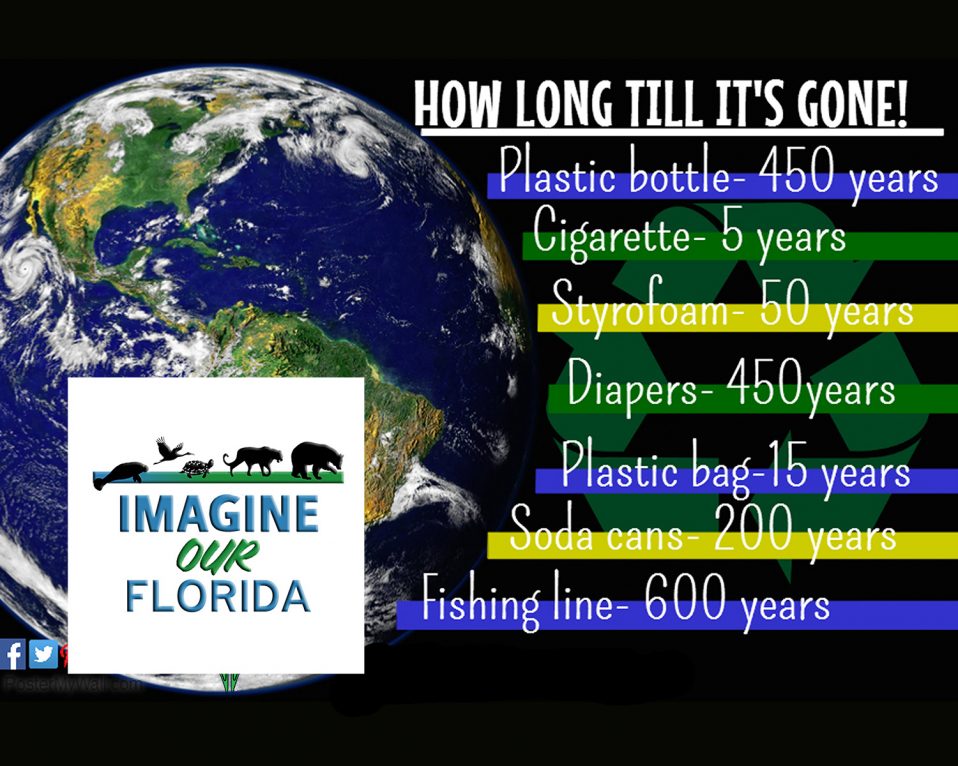

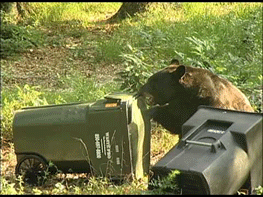










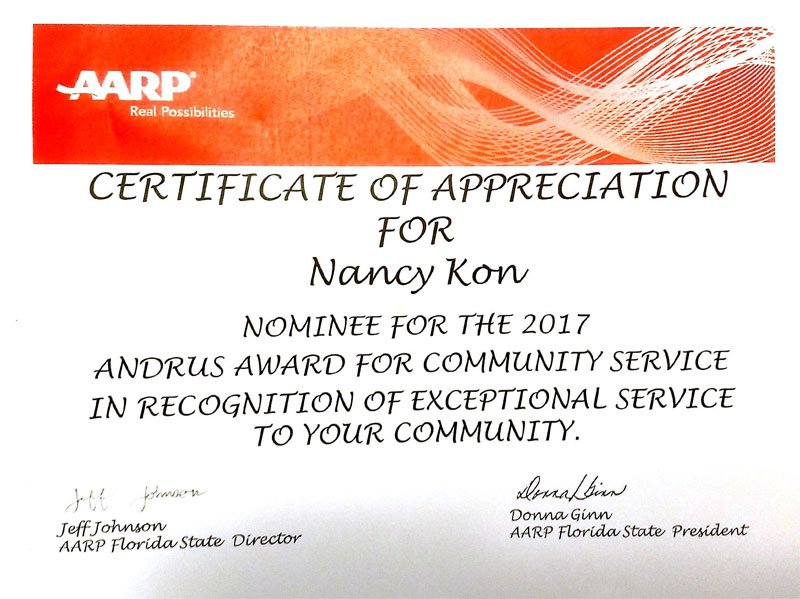






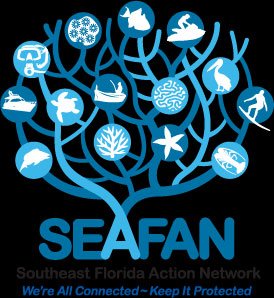

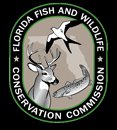

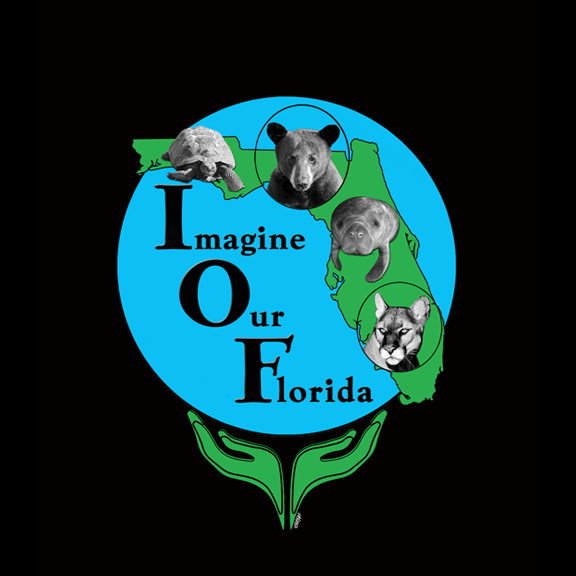


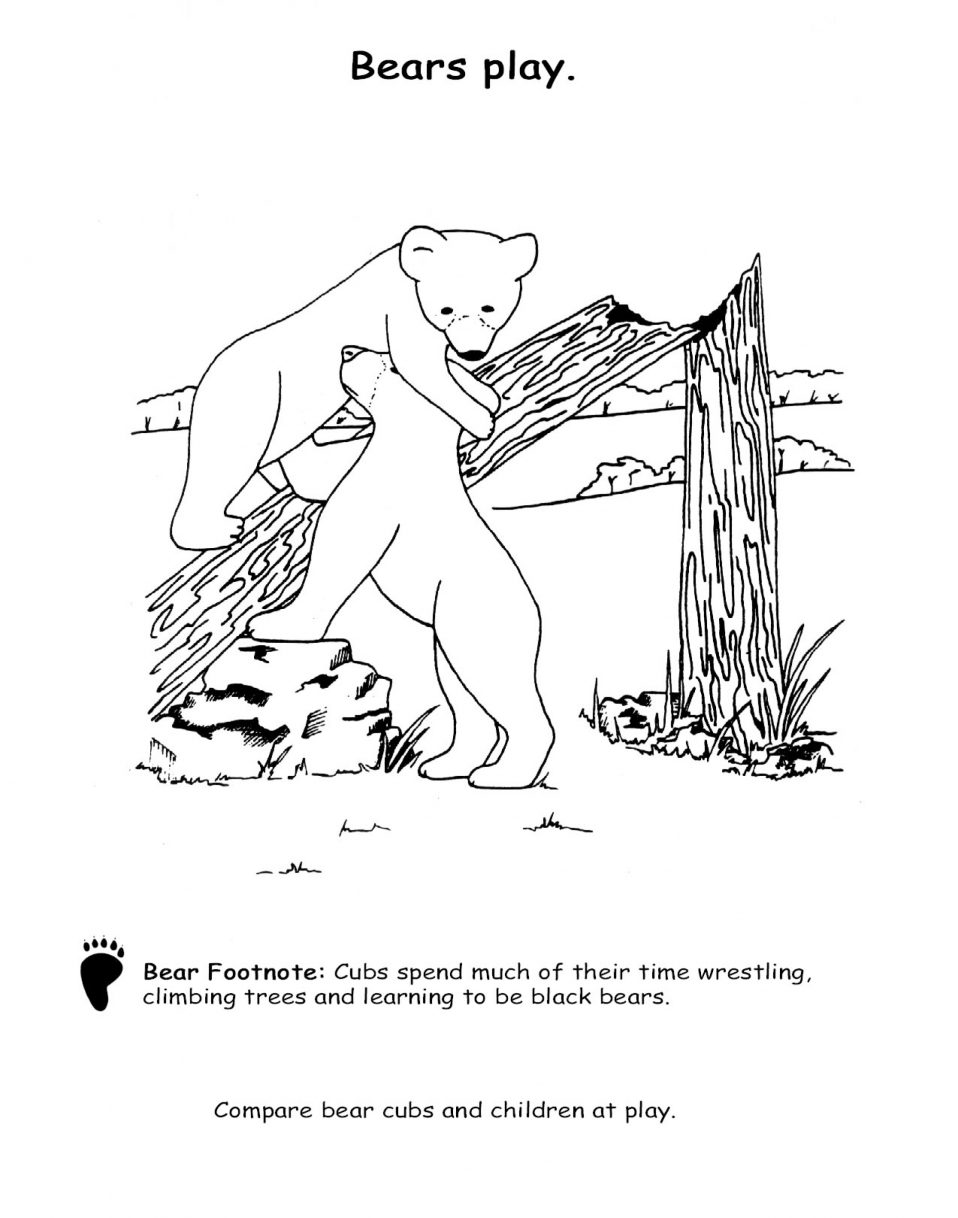





Recent Comments